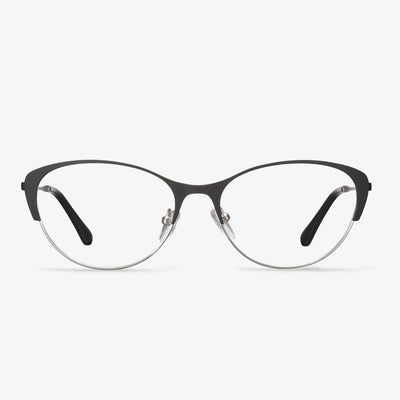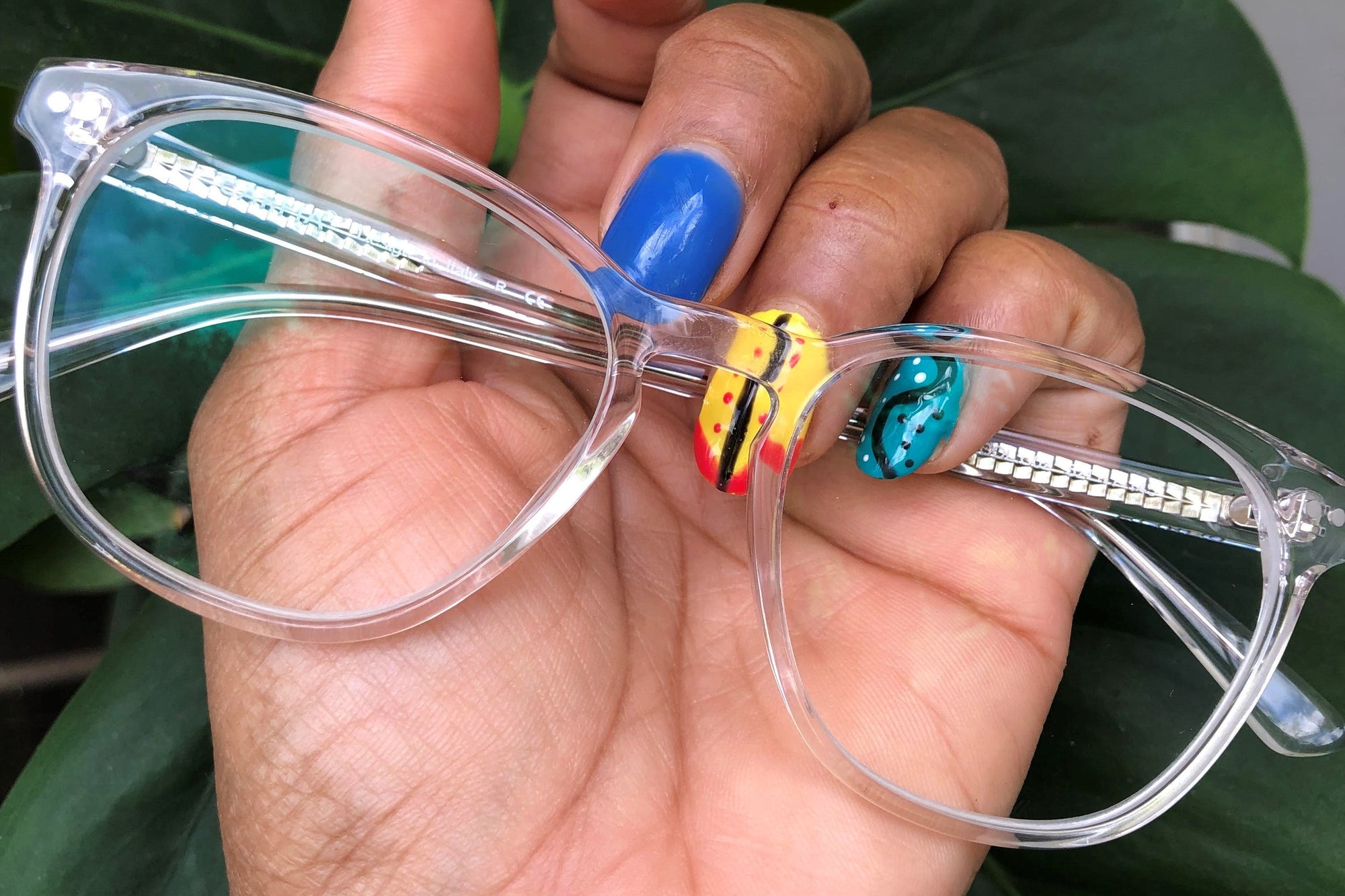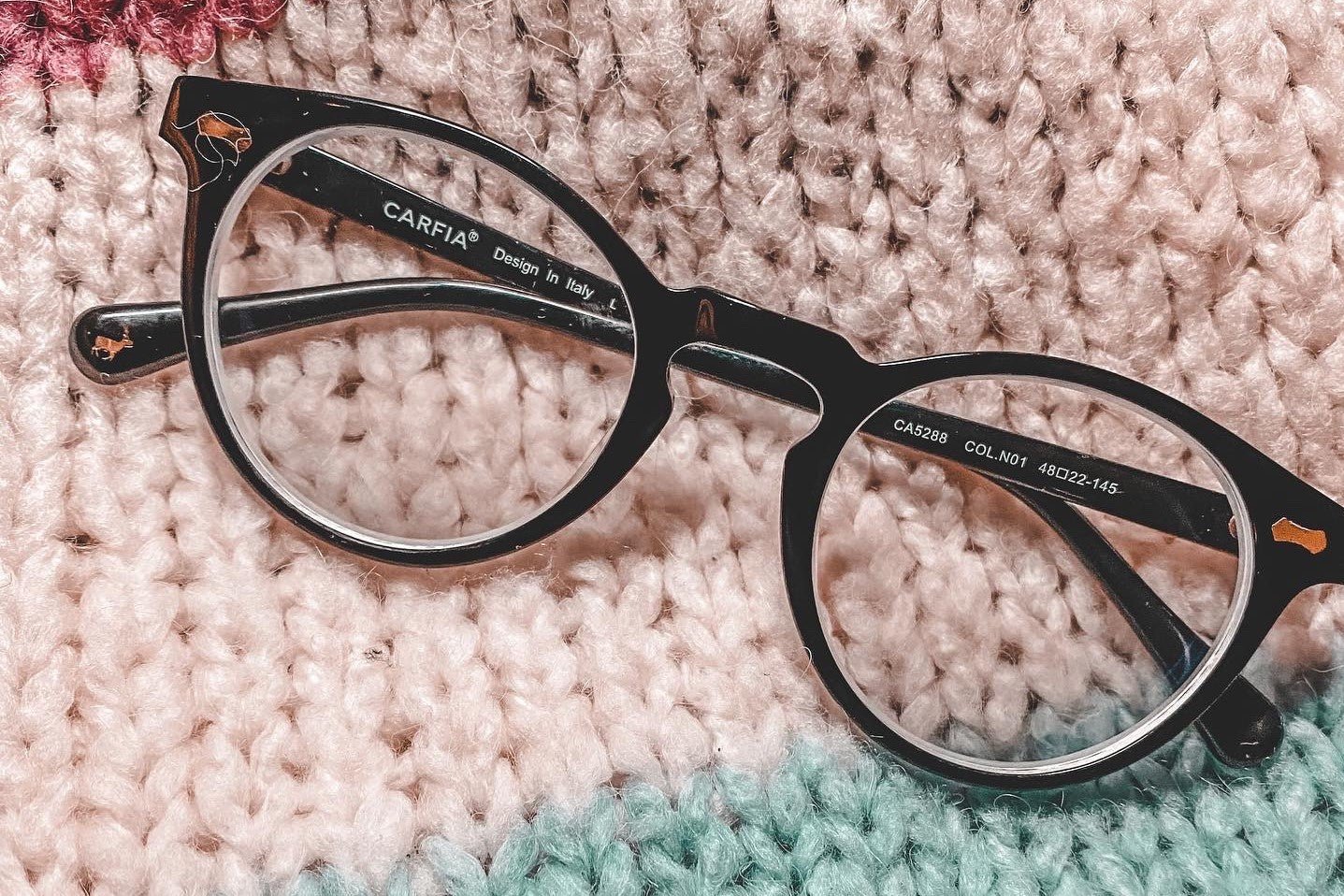Reduce the amount of time you spend using electronics.
When children are developing their eyes, parents should limit the amount of time they spend with electronic devices. Increase outdoor exercise and combine work and rest. In today's high-pressure and competitive learning environment, children face textbooks, homework, and exams for a long time, and their eyes do not get a good rest. Outdoor sports can effectively relax children's eyes, reduce children's visual fatigue, but also be more conducive to the healthy development of children's bodies and minds.
Online stores have fewer customer service staff and low human resources costs.
Generally speaking, to choose the website shopping, you can directly click on the website, and then get professional customer service reception. The data for each customer visit is accurate. The online stores just need to solve the customer's needs, so the customer service staff is relatively small in numbers, and the human resources investment is relatively small. So the price of glasses will be lower for each customer. Brick-and-mortar stores focus on service. Online shops is involved in the whole network competition, and the entity store is service first. The advantage of physical stores is very obvious,because they can provide perfect service. So the physical store manpower cost will increase.
What Are Trivex Lenses?
What is Trivex? Trivex lenses were first produced in 2001. Trivex lenses come with several features such as light, impact-resistance, and high-performance strength. Recently, the use of Trivex as ophthalmic lens material has grown in popularity. Lenses made from Trivex material fulfill the same safety standards as those made from polycarbonate.
In addition, because of Trivex’s manufacturing process, plastic lenses sporting Trivex material do not distort vision as much. Trivex lenses offer 100 percent protection from UAV and UAB rays, sharper central vision, and sharper peripheral vision. Trivex was developed for military applications, so it is good for outdoor use. Other benefits include resistance to chemicals and better light refraction.
So, in the following section, we will show you the advantages and disadvantages of the Trivex lenses.
Consider the elements of frame comfort.
What we need to know is that the frame exists first as a positioning device for the lens, and secondly as a beauty. The pupil is consistent with the optical center of the lens, so it should not be too high or too low. The horizontal direction is not skewed, and there is no one high and one low phenomenon. Bilateral symmetry is a standard for manufacturing enterprises. Non-mechanical symmetry is for the wearer. The frame should be adjusted according to the size of the wearer's face. The frame is not easy to slide down, and frequent slide is prone to the phenomenon that the pupil is too high and low to match the face.
How to choose a spectacle frame
First of all, we must clarify what are the specific materials of the spectacle frames on the market. At present, the more commonly used glasses frame materials are sheet material, aluminum-magnesium alloy, natural wood, and bamboo materials. Of course, there are other materials such as titanium, TR90, and ULTEM.
Secondly, we have to make it clear that the texture brought by each different material is different, and each has its own advantages. For example, plastic glasses frames are made of sheet materials, which are characterized by easy processing and relatively lightweight. They are generally not easy to deform at room temperature. And the spectacle frame made of metal material is relatively strong, light, and beautiful. Therefore, to learn the advantages and disadvantages of each type of spectacle frame, we can meet our different needs according to each different material.
What Are the Disadvantages of High-Index Lenses?
This section will show high index lenses disadvantages.
- High index lenses are made from a chemical synthetic blend that’s created through a special manufacturing process. So, high index lenses are expensive than regular lenses. In fact, the price may be more than double that of the traditional counterparts.
- High index lenses can be more brittle than their traditional counterparts and may also be more prone to scrapes and scratches. This can impact their overall durability.
- High index lenses are more reflective than regular lenses, which can make them less effective for brightly lit work environments, outdoor use and nighttime driving on busy highways.
- High index lenses have greater potential for distortion, particularly in your peripheral vision because the high index lenses have a higher Abbe value than prescriptions made from standard plastic or glass.
Color process of Contact lenses
Pigment printing process
It refers to the direct printing of pigments or patterns on the inside of the lens and then drying, which is the main production process of poor-quality chromatic contact lenses. Usually, small factories and small workshops use this method. The lens is being phased out because the pigment can easily seep out from the surface during wearing, causing discoloration and staining, and irritation to the eyes, which is a big risk.
Pigment build-in process
To be specific, the lens made by sandwich technology is a three-layer structure, the front and rear are colorless transparent layers, and the middle is a colored layer. After the processing of sandwich technology, the color layer is wrapped in the middle of the front and rear transparent layer, so that the pigment will not contact the eyes, which will not cause irritation and injury to the eyes. The downside of this process, however, is that the lenses are slightly thicker than normal contact lenses and are less oxygen-permeable, so they are not suitable for long-term wear.
The pressed film manufacturing process
This is a relatively new method of a similar sandwich process, and the color (pattern) is also made between the front and rear layers of the lens. But the color (pattern) is used to fill in the film process. During lens curing, the pigment seeps into the material instead of sticking to the surface. It feels as if the lens is covered in color within a single layer. This reduces the middle layer and makes the lens thinner, which naturally makes it more comfortable and permeable to oxygen.











































